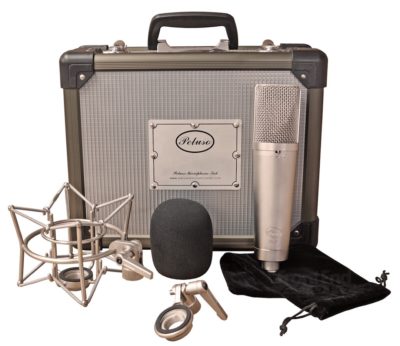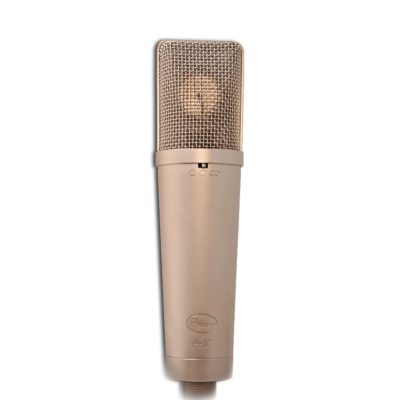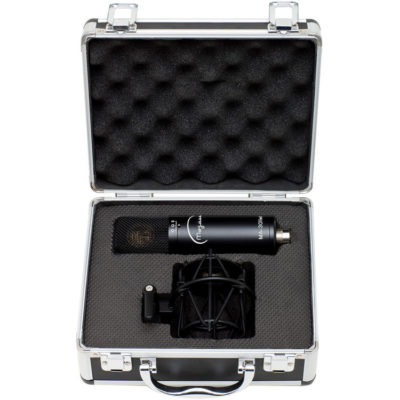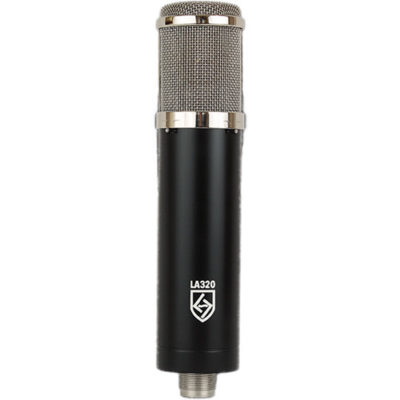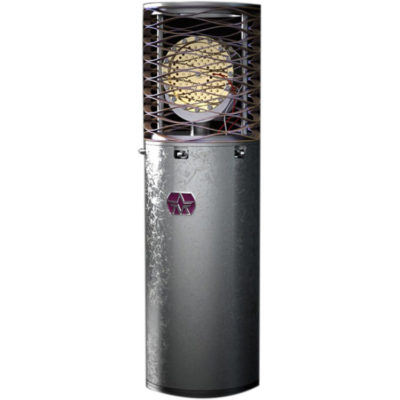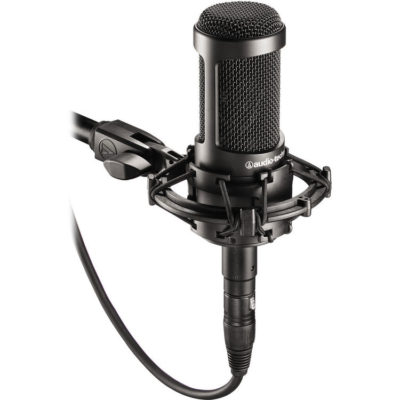The Most Versatile Condenser Mics at Any Price: One Producer’s Picks for 5 of the Best All-Purpose LDCs from $150 to $1,500
There aren’t many studio essentials that literally every studio should have, regardless of the musical genre of it’s output. But it’s hard to deny the usefulness of owning at least one large diaphragm condenser simply because of their versatility. LDC’s can handle a range of sources and timbres due to the large size of their capsule, and can provide significantly more detail and clarity than even the best dynamic or ribbon mics.
Unfortunately, the plethora of mic choices available these days can feel as prohibitive as it is freeing. While there are now an array of microphones at lower and lower price points, making sense of exactly what YOU need (and simultaneously trying to get a deal, man!) can mean scouring the net for professional opinions, peer reviews, video shoot-outs, and so on.
- Read on below for the full list, and the runners-up.
It is exhausting just to think about and often, the search for the musical tools most suited to you can leave you with little energy for the creative, music-making part. Ironic, isn’t it?
This is especially true with microphones, for several reasons:
First, a mic by itself makes no sound (unless it’s in the woods with a falling tree…) It relies on a preamp, a sound source, and finally a speaker source to reference the character of the microphone itself, making it difficult to judge the true “tone” of the mic.
Once you have that accounted for, how the mic is set up and positioned in front of the vocalist, amp, or drum set you are recording is also going to have a huge impact on the final sound.
Yes, it is possible to test several microphones at once using the same preamps and speakers, allowing you to become much more scientific in your judgment, but the reality of life is that most people won’t have access to such a situation.
Secondly, many of the most popular mics are simply recycled or re-tweaked designs of past classics, making it confusing to sort through the differences. There’s a reason the Neumann U-87 has been cloned and copied ad infinitum: Its circuit has proven to “work” on a wide variety of sources and styles over the years.
If we could all afford our own U-87, there would be much less arguing in the world. But since that is not possible, we are forced to make choices based on more utilitarian concerns; (ie how much we have to spend.) So in the effort of alleviating some of that pressure, I took a look at a range of affordable condenser microphones to pick out some standouts that should suit any budget.
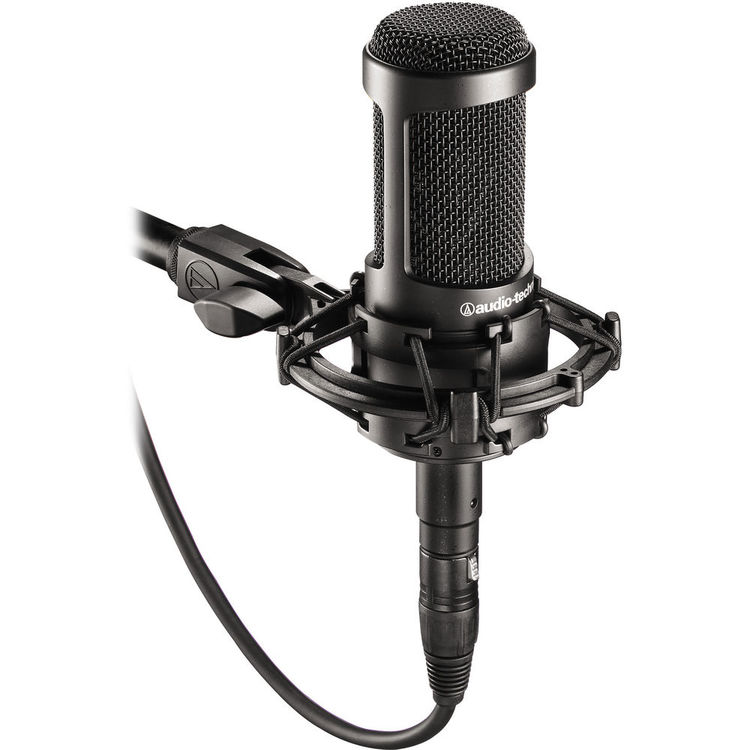
The Audio-Technica 2035 is one of the most reliable and versatile LDC options for those without much to spend.
Best Under $150: Audio Technica AT-2035
A great place to start if you’re looking for your first LDC is the Audio Technica AT-2035. Despite its low price point ($149 street), the AT-2035 comes equipped with some of the features that its more expensive brethren also share: A switchable 80hz high-pass filter to get rid of rumble, an included custom shockmount, and a 10db pad.
Suitable for vocals, horns, acoustic guitar, percussion, and amplifiers, it’s hard to find a better deal. And it’s slightly cheaper cousin, the AT-2020, makes a great runner-up, if you won’t miss the filter or -10db pad.
Best Under $300: Aston Origin
Utilizing a 1″ gold-sputtered capsule, the Aston Origin has been making a huge stir since arriving on our shores from the UK in 2015 and is a very reliable pick for a street price of $299.
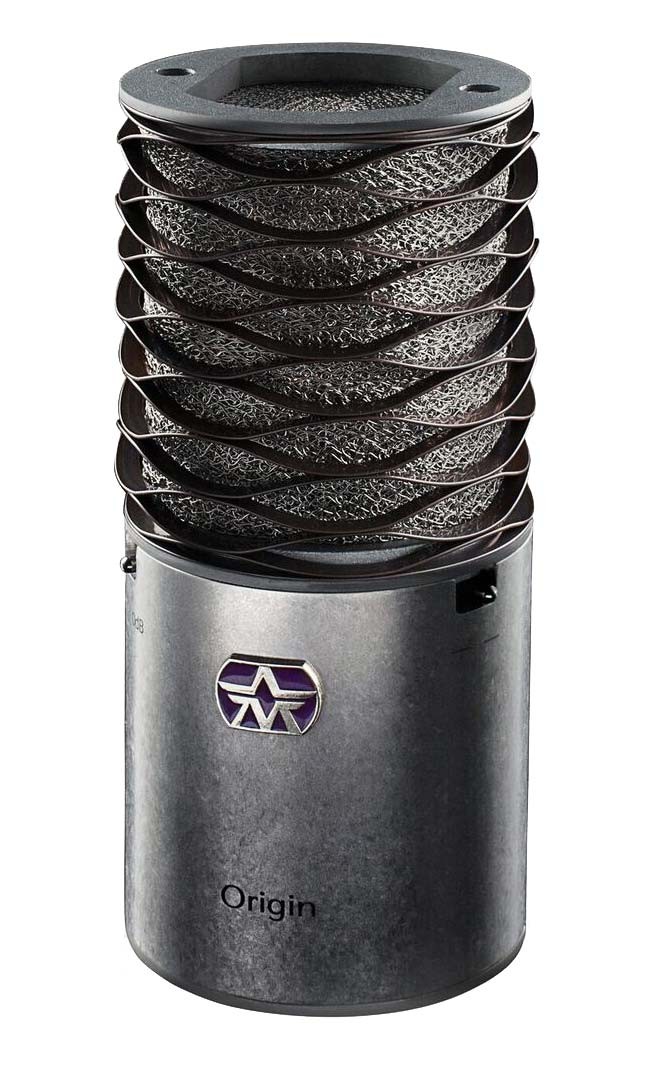
The unconventional, UK-based mic designers at Aston are responsible for the “best under $300” entry on this list.
While it boasts similar features as the AT-2035 (an 80hz high pass filter and the aforementioned -10db pad), the design characteristics of the two mics are miles apart, thus imparting a fair number of performance differences.
The Origin features a unique “wave-form mesh head” that is made of stainless steel and also functions as a built-in pop filter.
The cage can be removed for washing, and can even be bent back into position if the mic takes a tumble.
The Origin also makes use of a custom-molded end caps with an integrated XLR adapter that makes it much less prone to rumble and shocks.
In practice, I found the Origin to be incredibly clear and defined, especially in the high mids. It would make a great mic for acoustic string instruments of all kinds, but truthfully, it’s hard not to recommend the Origin as a rugged, durable mic to start with that will shine on an array of sources.
There aren’t many mics that can go head-to-head with the Origin, either in performance or pure specs, but another great choice in this price bracket would be the Bluebird SL, made by another microphone company not afraid to put it’s own unique spin on design and aesthetics—Latvia’s BLUE Microphones. The Bluebird SL’s tone has been known to crisp and incredibly detailed, while still coming in at just under $300 street price.
Please note: When you buy products through links on this page, we may earn an affiliate commission.







